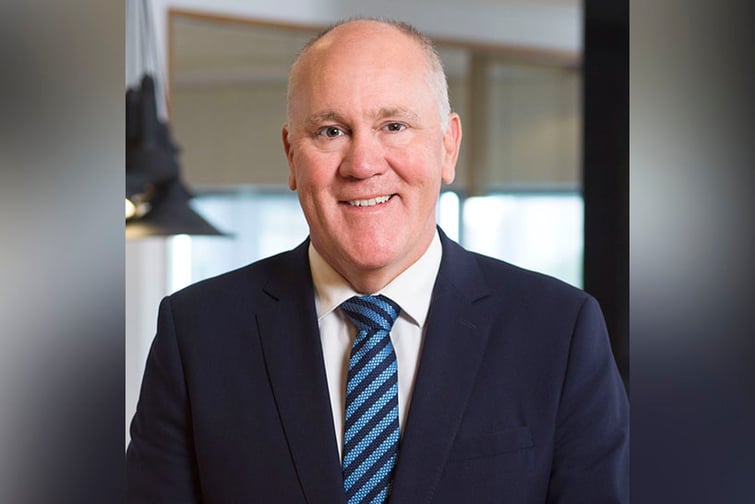

AFG is celebrating another strong period of growth after posting their Q1 FY22 results. Brokers have lodged $24.1 billion in home loans with the aggregator since the end of June, a huge spike of $6bn on the same period in 2020.
AFG were also able to provide an insight into the wider state of the market as written by their brokers.
According to that data, fixed rates have now hit an all-time high of 38.2% of all home loans, while turnaround times have dropped to 21.8 working days from their previous position of 25.2 days in Q1 FY22.
AFG CEO David Bailey was excited about the results, and paid tribute to the broker channel that delivered them.
“It’s a reflection of how busy our brokers are out there, helping clients and finding solutions,” he said. “What might be most surprising is, given the lockdowns in Sydney and Melbourne, just how active those markets continue to be.”
“I think the daily run rates have been very strong. If you look at the first phase of the pandemic, when we started coming out in July and August, the daily run rates were strong and they’ve been maintained.”
“It’s a reflection of a number of things. People want to refinance, when they’re seeing what the current interest rates are, and we’re also seeing first home buyers have a crack, with volumes increasing. We’ve seen investors come back into the market. We’re getting the wide range of home loan requirements being catered for by our brokers.”
APRA changes announced in the last few weeks might well impact the market, though Bailey said it was too soon to tell how much they would play in.
“The MFAA came out and indicated that they thought about 5% of customer loans would be impacted,” he said. “It’s probably a little early to say, but if you follow the trends of past APRA interventions, it’s generally impacted the ADIs first and the non-ADIs have slipped into the vacuum.”
“If that continues, there’ll still be opportunities for customers to find home loan products through non-ADIS. I think it’s a bit early to say though.”
AFG has already seen a 2% drop in market share from the Big Four banks, with the bulk of that coming from Westpac. Non-banks might be well positioned to pick up that market share slack if more borrowers are excluded by APRA changes.
“The non-bank sector offer an alternative,” said Bailey. “If you go back through the history, that number was a lot lower than 57% for a while. The good thing about the broker proposition is that it offers choice and competition.”
“At various stages in the marketplace, majors will have a competitive advantage over the non-majors and the non-ADIs, which they’ve certainly had with the funding facility that the RBA provided during the height of the pandemic.”
“That’s come off now with the APRA changes, and it may be an opportunity for the non-ADIs to take some share.”
AFG sits on both sides of the fence, as they are an aggregator but also a lender, via AFG Home Loans. This gives Bailey a unique perspective on how the broker channel directs traffic and gets the best deal for their customers.
“The basic proposition from a broker is competition and choice,” he said. “If a broker has accreditation with a wide variety of lenders, including non-banks, it’s offering more choice. When you sit in front of a customer under Best Interest Duty, and you have an opportunity to suggest a different loan product, the broker is compelled to provide that. That’s the wonderful thing about the broker model.
